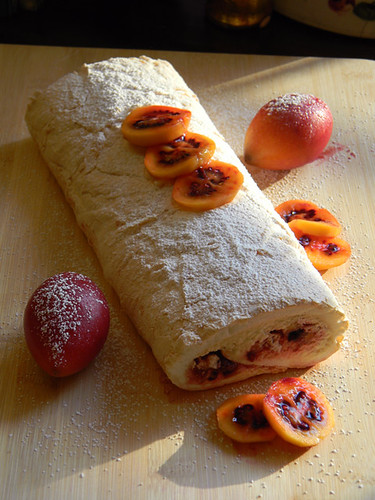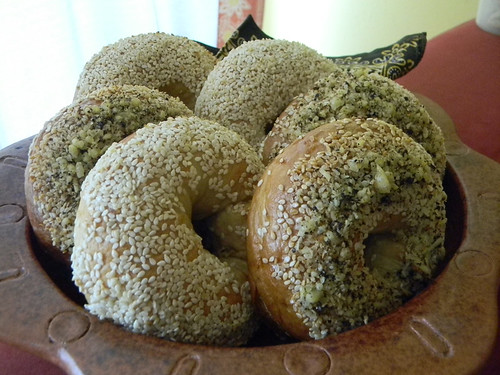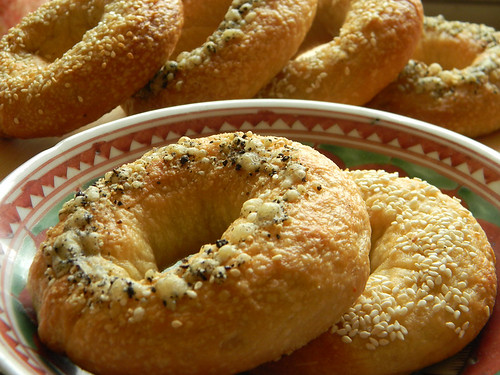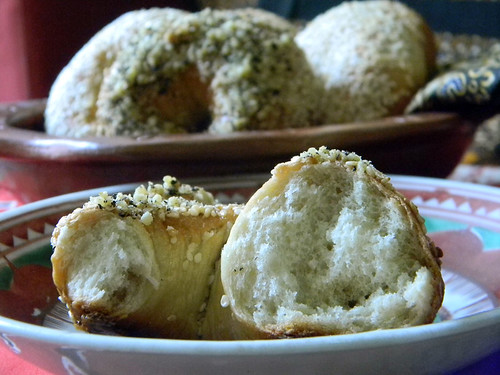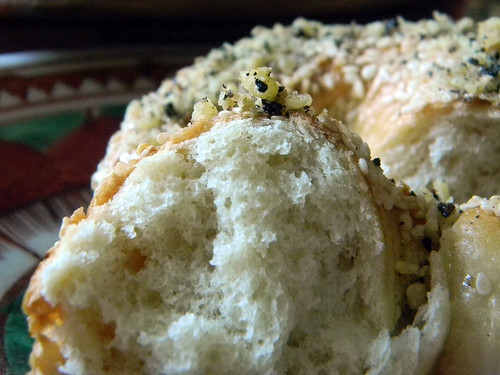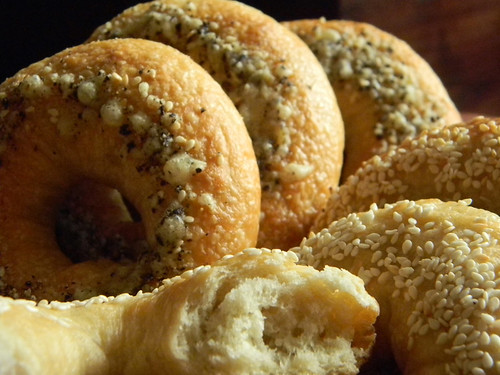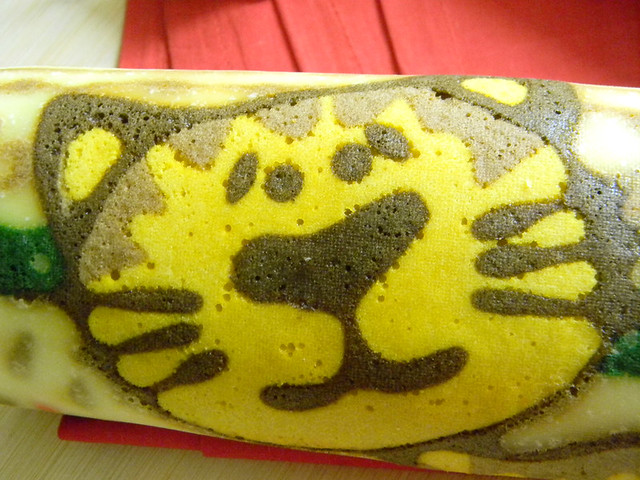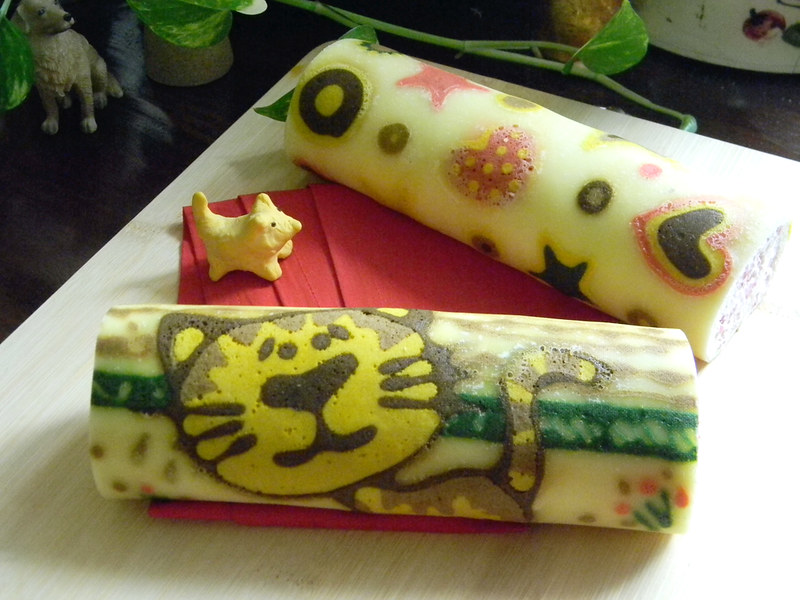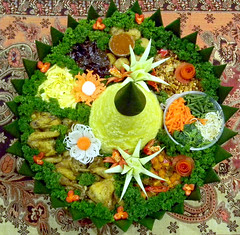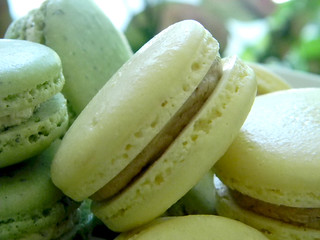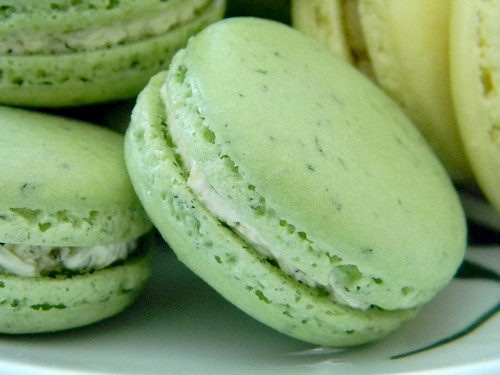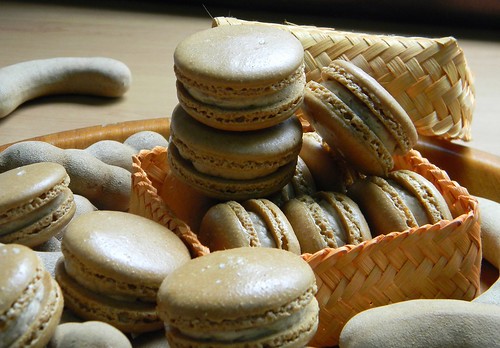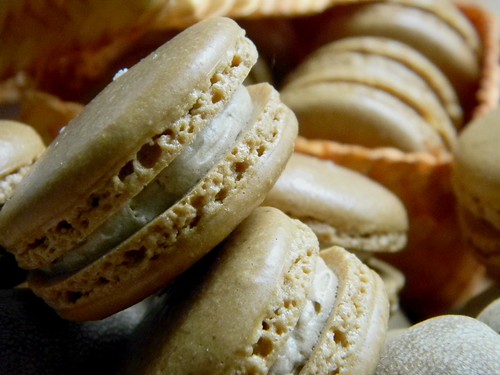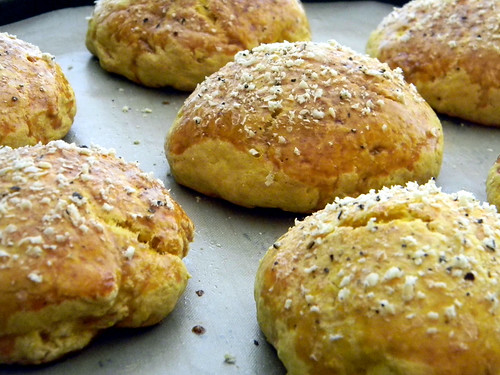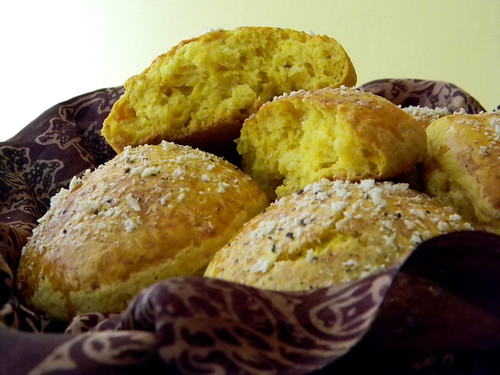Another old time favorit... Caramel Cake or Kue Sarang Semut in Indonesian language, literaly means "Ant Nest Cake".
 |
| Do you see the holes and tunnels all over the cake? That's how it gets its name from. |
For this challenge, I deliberately make a very dark caramel. Of course, being careful not burning my caramel too much. By doing so, I can have a strong caramel flavor and since the darker the caramel, the less sweet it is, I add about 200 grams of condensed milk to balance it out. The end result is perfect.. suit my not-so-like-too-sweet taste buds.
Other lesson I learned from this challenge was not to whisk the eggs too much. In fact, I should have avoid creating bubbles as much as possible.
On the picture above, the lighter color and spongy texture on the cake... that's the result of my unnecessary vigorous whisking. We should look for the darker smooth gelatinous consistency with "ants' tunnels" texture in it. The smooth gelatinous darker part (all the cake should be like this) was so smooth, almost like pudding. Oh my... it's way better than the caramel cake I used to buy.
Unlike making other cake, this caramel cake is so easy to make. Use only common and easy to get utensils and an oven, everybody can make this cake. A bowl, a whisk, a rubber spatula (or spoon), a pot or deep pan for making caramel, a small pot for boiling water, a ring cake pan, and an oven. That's right... no mixer! The technique also simple... simply mix everything together. The sequence is not that important here. The more difficult part is only making the caramel. However, with the low heat and patience, you can nail the caramel. So, why wait? Let's make the cake!
CARAMEL CAKE
 Recipe by Iis Zainal Abidin
Recipe by Iis Zainal AbidinIngredient:
For caramel:
1.5 cups + 2 tbsp sugar
600ml boiling water
For cake:
8 eggs
2 tbsp butter, melted
175g sweetened condensed milk (if you prefer very dark caramel, you can add more up to 200g)
1.5 cups + 2 tbsp all-purpose flour
2 tsp baking soda + 1 tsp baking powder (sieve together with the flour)
How to bake:
The caramel:
To make the caramel, put all the sugar in a deep pan, on a low heat. Do not stir until most of the sugar is caramelised.
Then pour in the boiling water. Be carefull, since it will bubble up a little bit. That is why it is better to use a deep pan for a safety reason.
Stir until all the caramel is disolved. Set aside to cool.
The cake:
Prepare a ring cake pan with butter and dusted with flour. Preheat your oven to 180 °C
Whisk the eggs until the whites and the yolks mixed well and smooth. Taking care not to create too much bubbles. This step will determine the pudding-like consistency of the cake.
Mix together condensed milk and melted butter, and add it to the eggs. Mix well.
Add the cold caramel liquid you make earlier, stir. Next, add in the flour, and mix well using whisk.
Pour into your prepared cake pan, and bake for 45-50 minutes.
Let it cool before taking it out from the pan, cutting and serving.
The left over can be kept in an air-tight container in the fridge for 5 days.
Note: if you like, you can reduce the sweetened condensed milk, and serve the cake with cream or your favorit sweet sauce





















